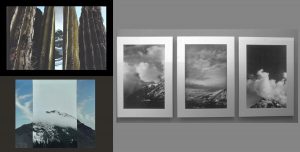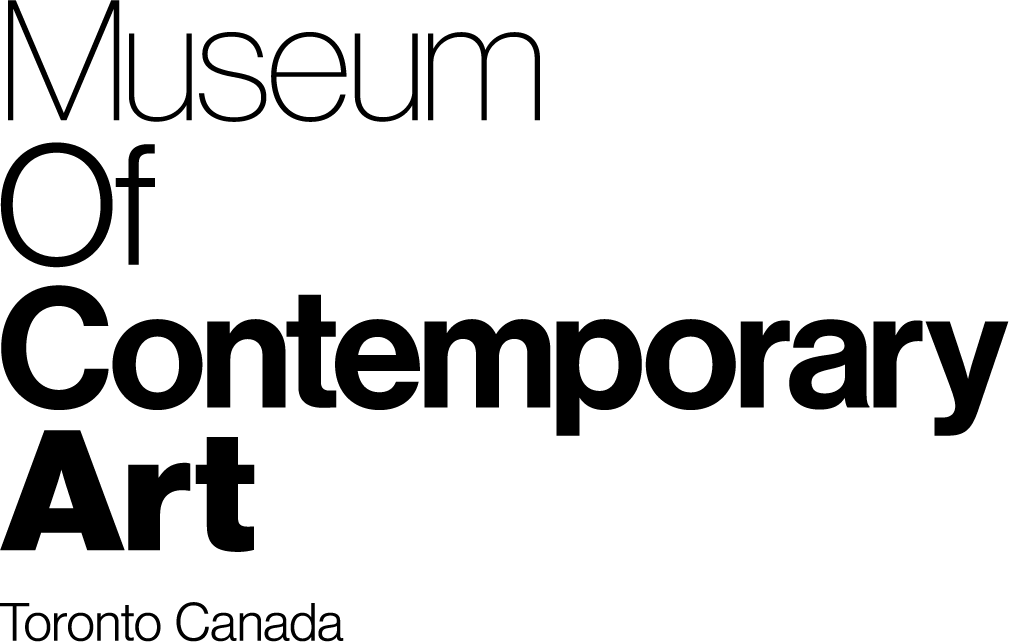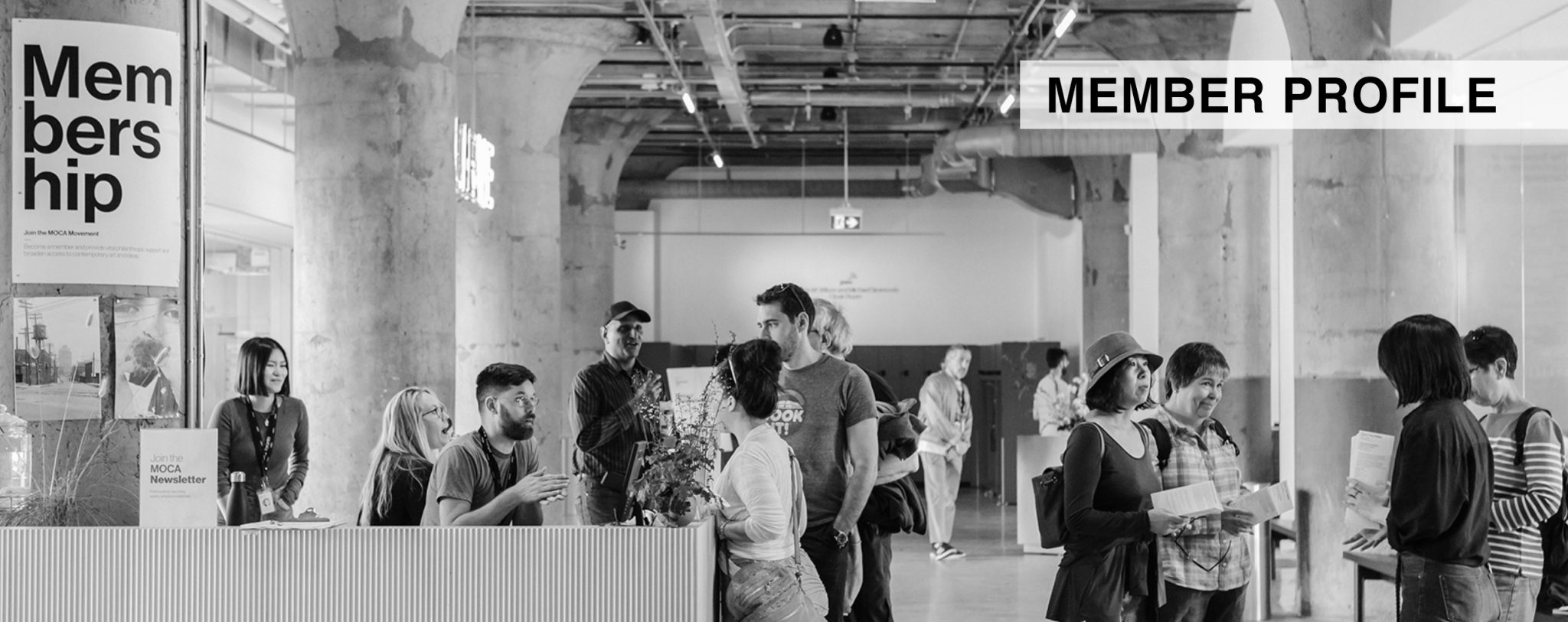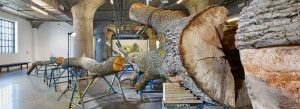Responding to the natural world around us, MOCA member and photographer, Martha Henrickson, shares the impetus for her photographic work that seeks to depict the natural world in a way that inspires questioning and self-reflection. Learn more about her photo books that trace Toronto’s urban history, train journeys across the country and some that even include some cooking recipes.
What are some memorable events you have attended and participated in at MOCA?
The Life of a Dead Tree, Chantel Akerman’s projected videos and films, Archiving Eden as well as some of the many changing interactive pieces that lived on the upper floor. Unfortunately, not living in Toronto for the last few years has limited my visits to MOCA.
How did you first become interested in photography? What were some early influences? Describe some participatory photo projects you’ve worked on and the impact they’ve had. I am putting these two together.
I was always interested in black and white photographic images though I never thought of working with photography, although I had a 35mm camera. In 1968 when my partner, Thom, and I left San Francisco for Canada we moved to Toronto and rented a loft on Queen West. It was all so new then and we began exploring the area. These new impressions started our Awakening projects…inviting people to come to an area of the city that we felt had art, without intention. The waterfront before Harbourfront, a laneway behind our loft that ran from Spadina to Bathurst, the Cherry Beach area and around the Grange during demolition.
We exhibited these black and white images and films at our studio. This project eventually became a book called Awakenings made with the help of the Canada Council for the Arts. After 5 years on Queen Street we moved to a farm in rural Ontario and that move was where we began our Organic Zucchini project, which grew with our first garden. It became a book with photographs as well as recipes. After that, Plant Shadows was the first photographic project where I began working on my own vision.

Clockwise Photos: Chance of Where, Movement Triad & The Sky Does Not Lie. Courtesy the artist.
Your work explores environmental themes and our relationship to the planet. What sorts of questions do you hope your work will provoke? What are some examples of your projects that illustrate that connection well?
I wish to bring the viewer into the image, as if they were standing where I was standing when I took the photograph. We are part of the nature of this planet, and often are not aware of this as we walk through our lives. Most of my photographic projects are related, View from A Train where all the images were shot while travelling on Via Rail over a few years, from Toronto to Halifax and Toronto to Jasper then on the Skeena to Prince Rupert. That also included the Alaska Marine Highway Ferry up to Skagway, which became a second project The “I” Within Who Sees, where I printed the same image inside itself, was an attempt to not frame the work but have it extending.
The Snow project, also environmental but shot in a few hours through my screen door facing a huge oak on a stormy winter day at home on Georgian Bay. As a visual artist or any of the arts for that matter, there is a desire to share one’s experience with others and to bring people to question the reason/purpose of our existence.
My most recent works are made with collage made from many of my black and white and colour prints where I place landscapes from different climates and geographic locations into one image, like cactus of the south west and mountains in the north west. I find that bringing together opposing landscapes brings a fresh perspective to the way we view Earth.
How has the current global health crisis impacted your work?
It’s interesting that during this time of self-isolation and staying home I have been inspired to go back to pen and ink on paper. Most of these are very abstract works that come from the subconscious. They’re mostly black ink on white paper and some have colour added. They’re totally unplanned and they feel as though the image just appears on the page as I move my hand to draw.
What are some inspiring artists or art works you’ve come across that are responding the current crisis in creative ways?
I have appreciated Bansky’s (street art) as his work is timeless and always an apt commentary on our current times. I notice how many people, who would not have been using the internet for performance, music, writing, photography are doing this now and it’s great to see. A crop of new artists have arrived in an online space and perhaps some of them had no intention for this but now they’re inhabiting this new space and exploring their art through a new medium.
Where can we find more of your work in the digital space?
Some of my videos and films can be seen on my Vimeo Page, and on my personal website. I also have a few books containing my poetry, two of my poems are available to view here and here.



